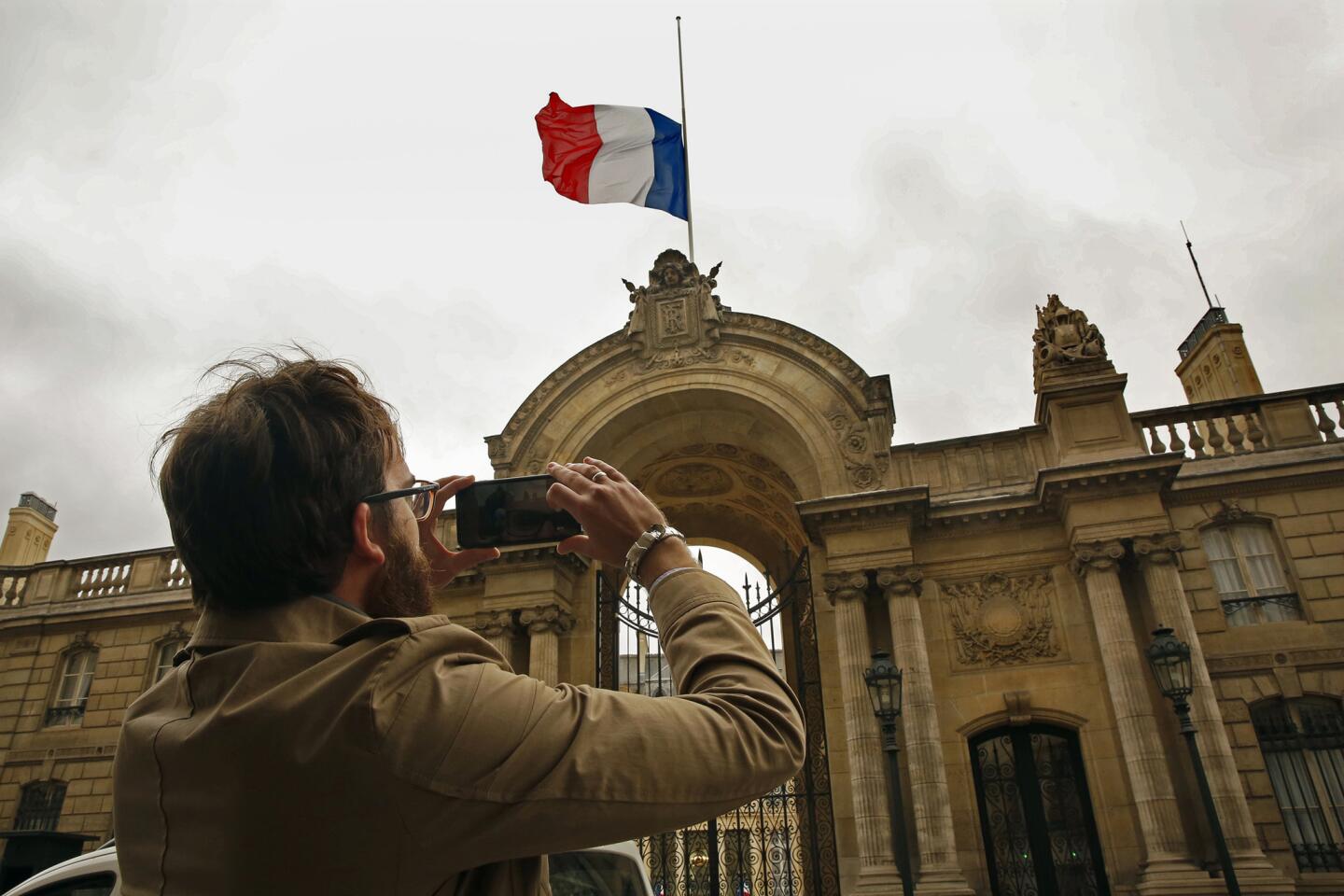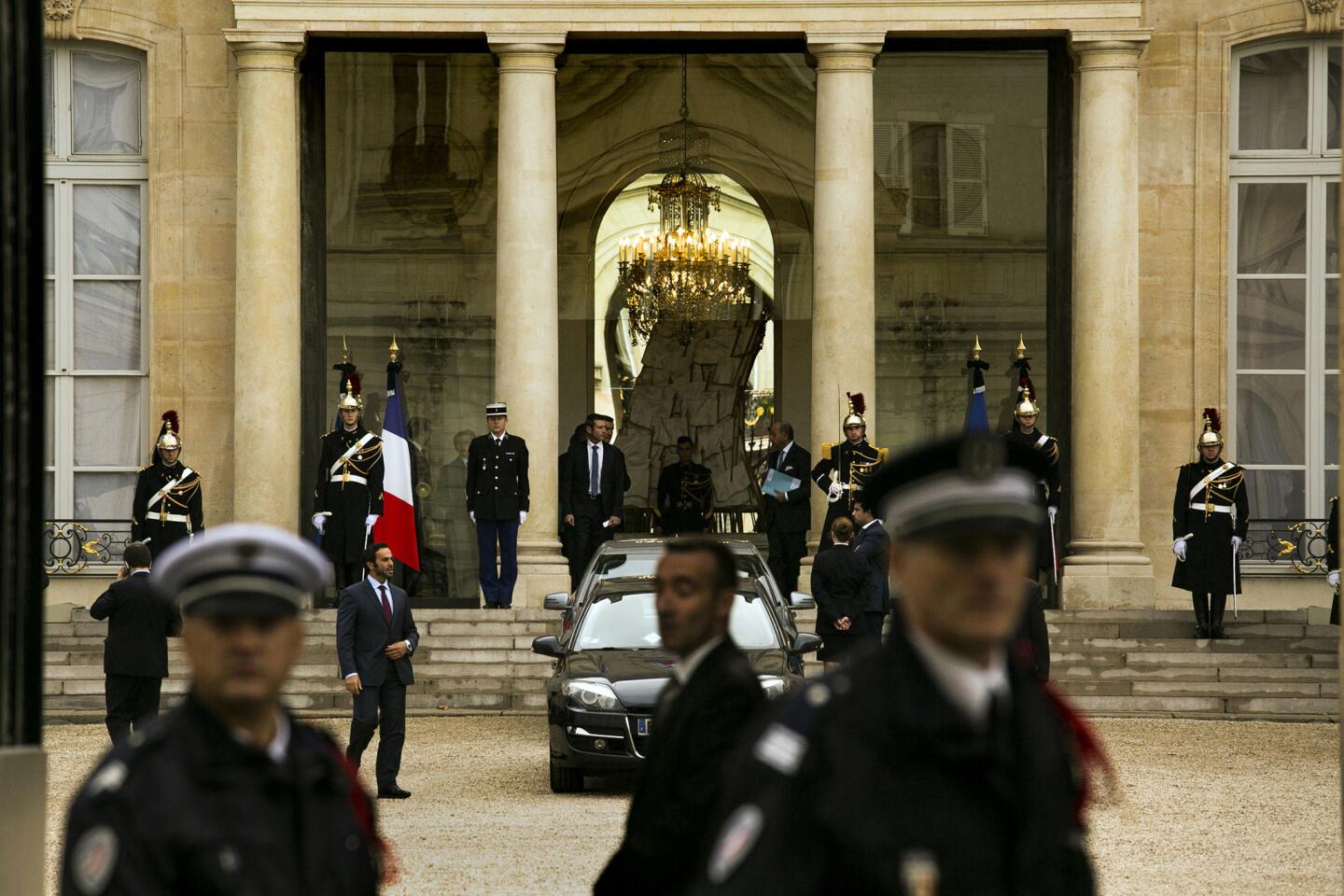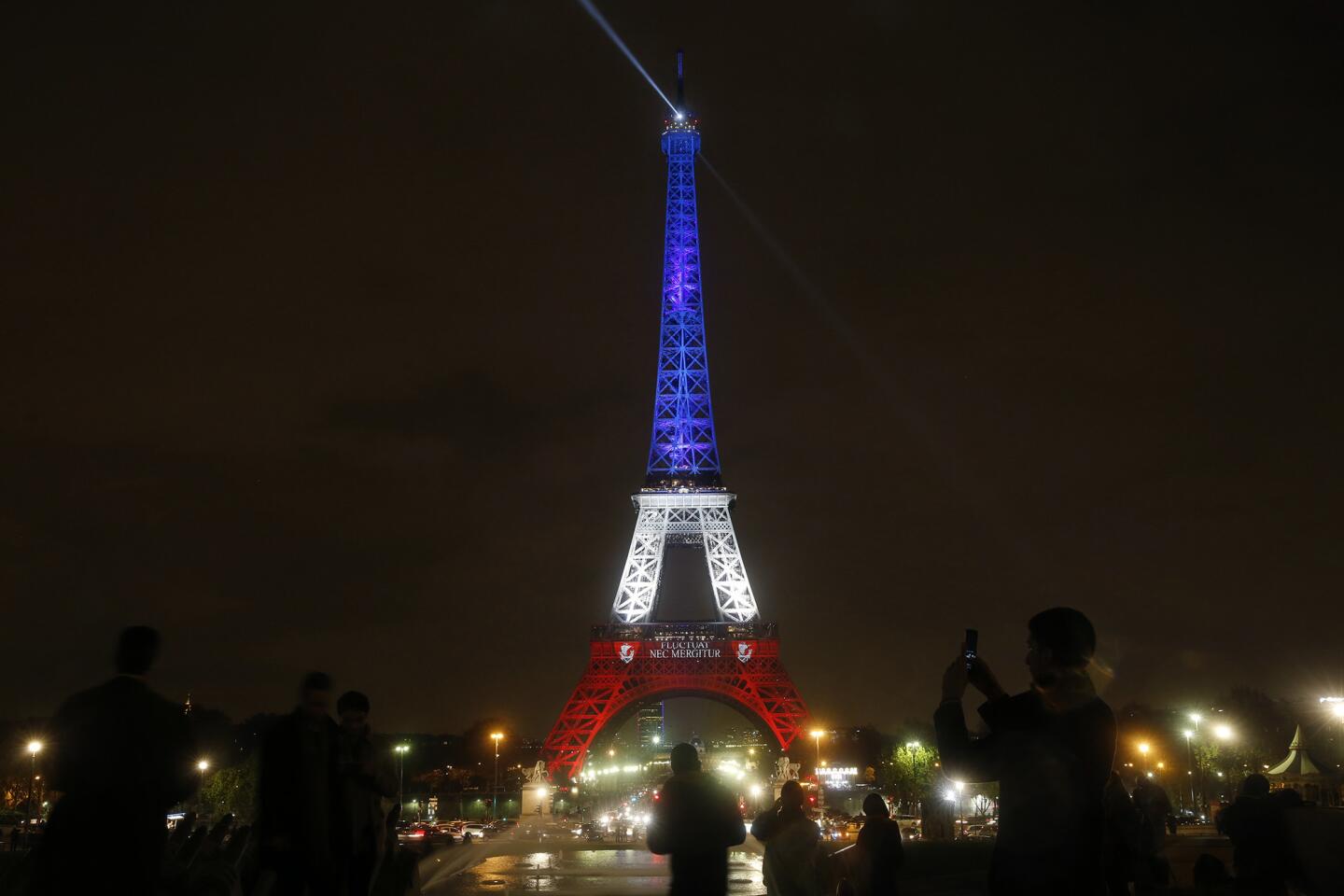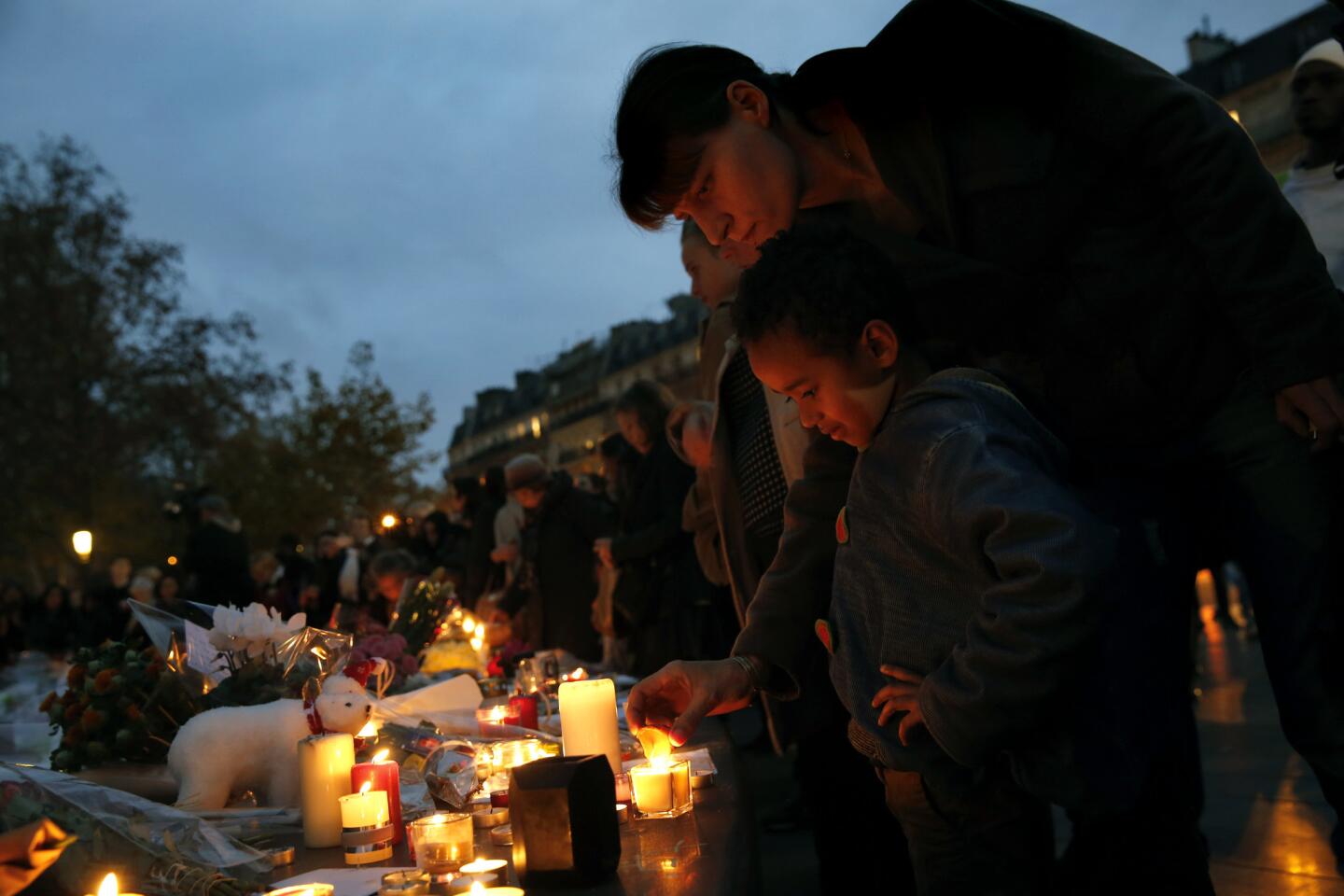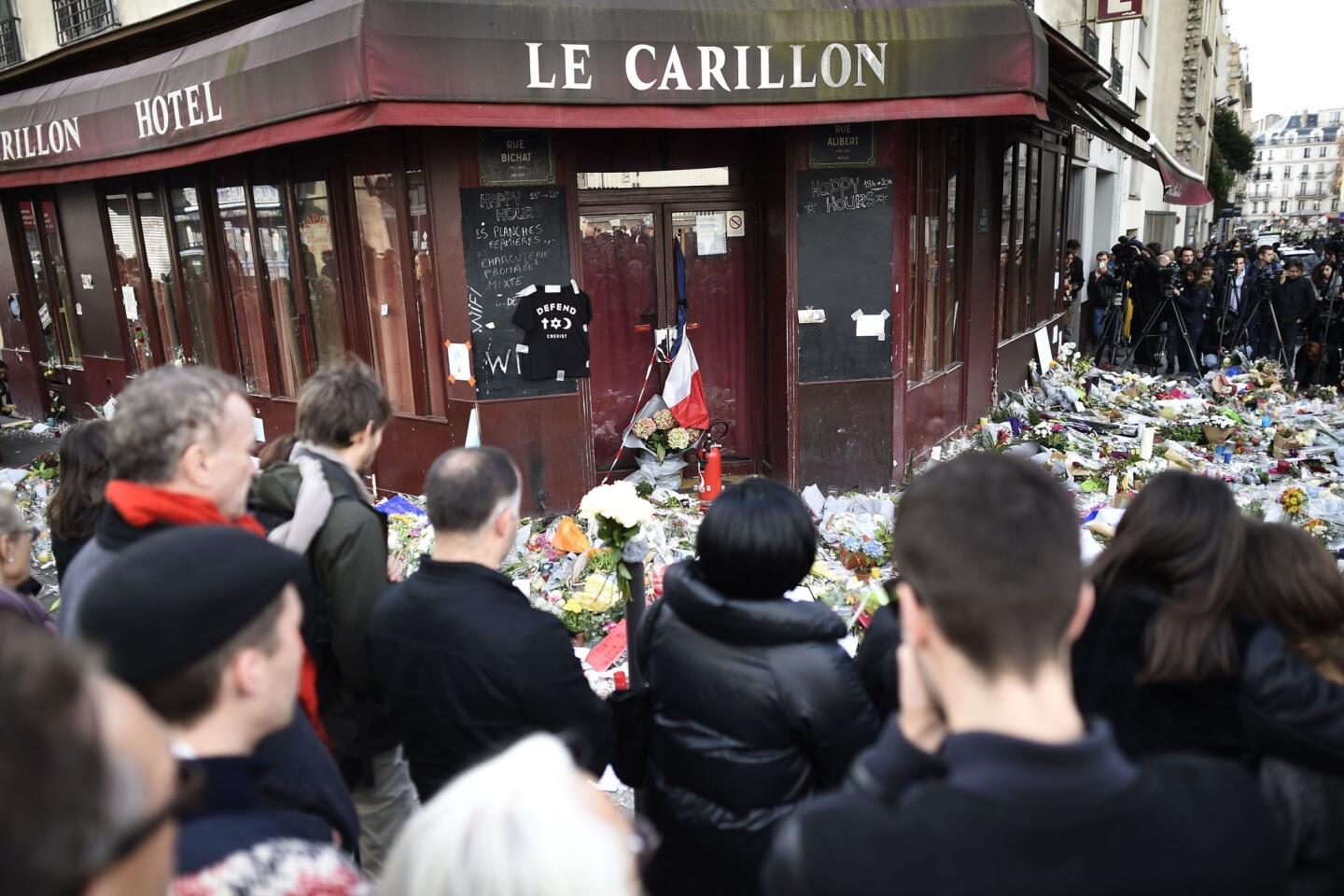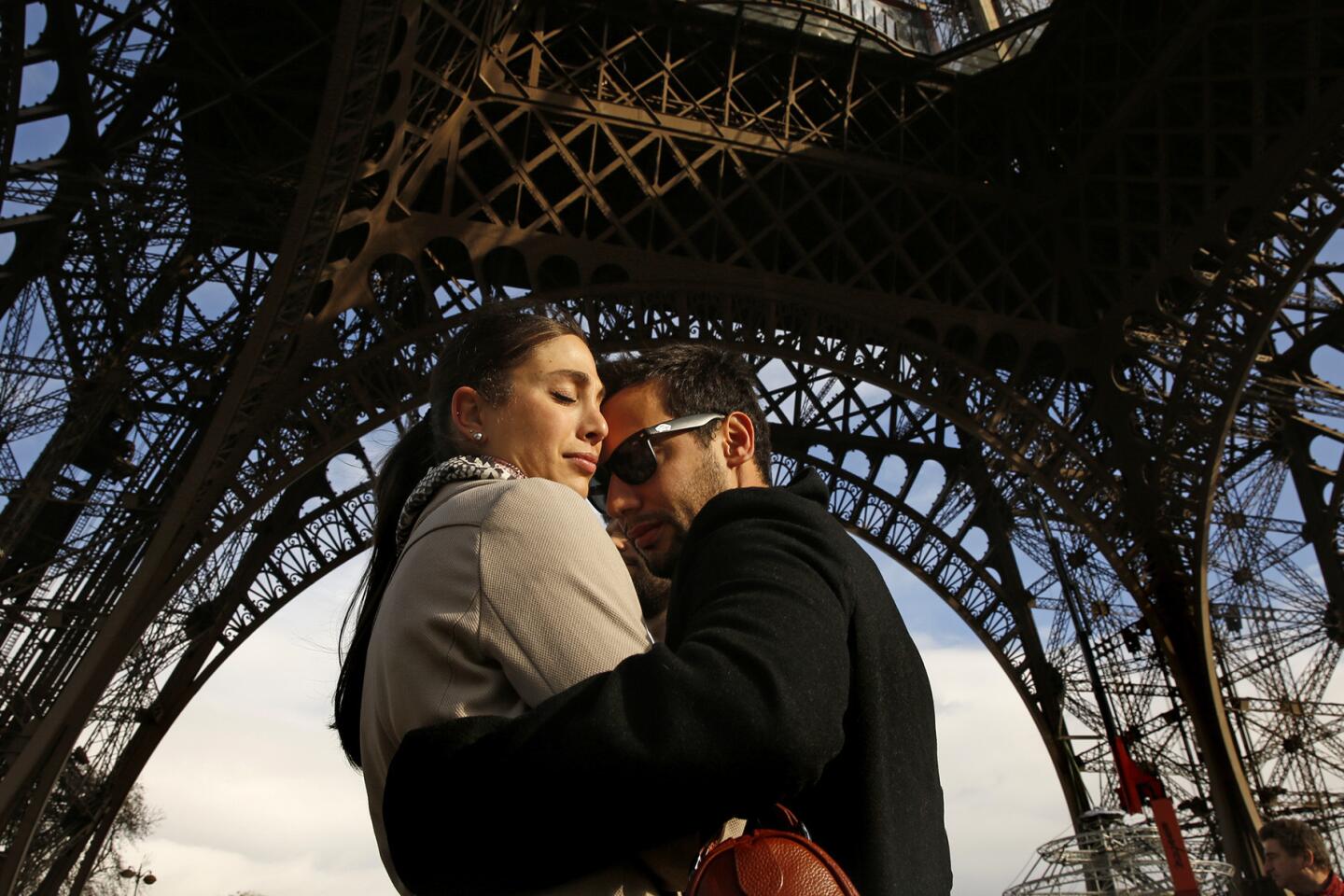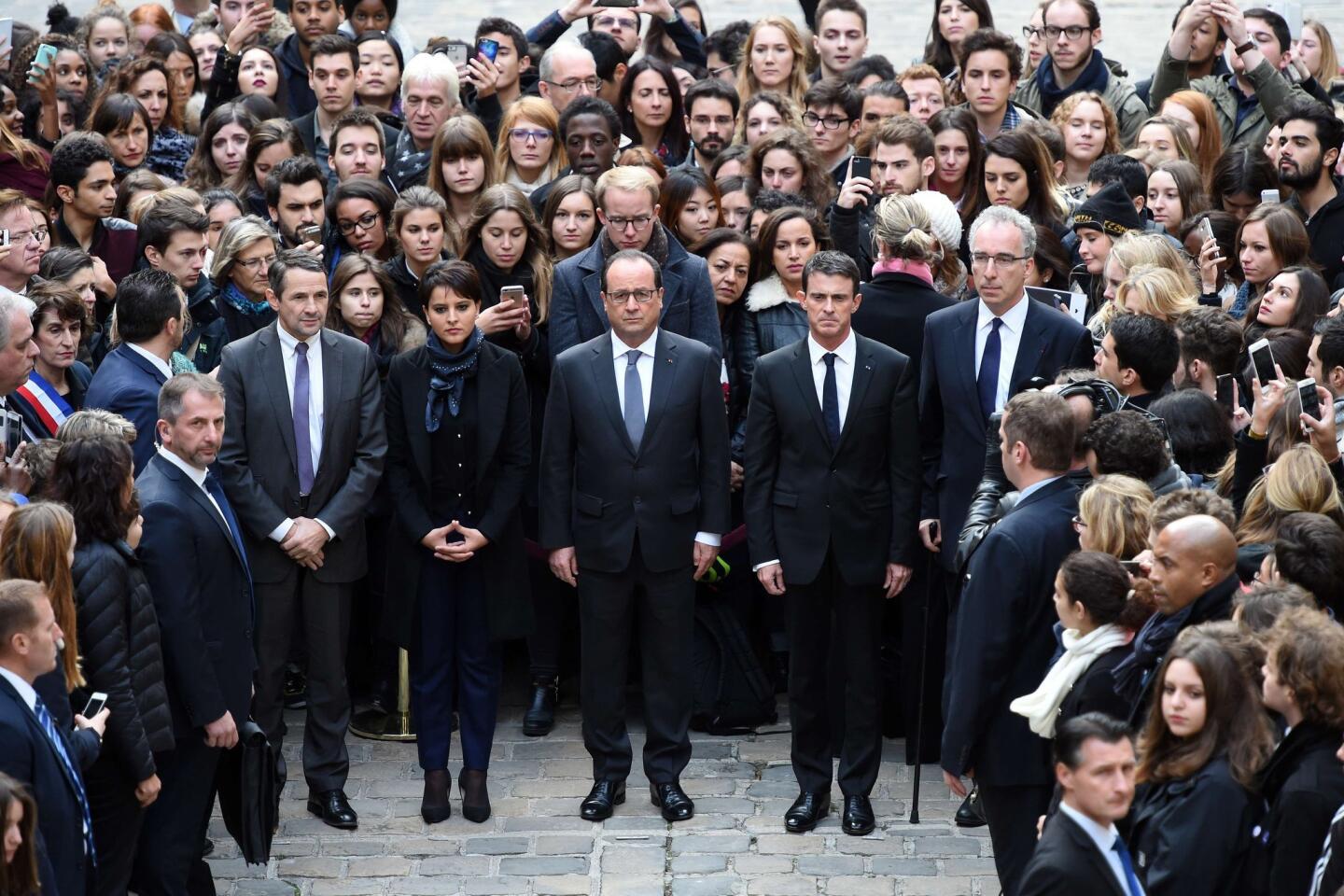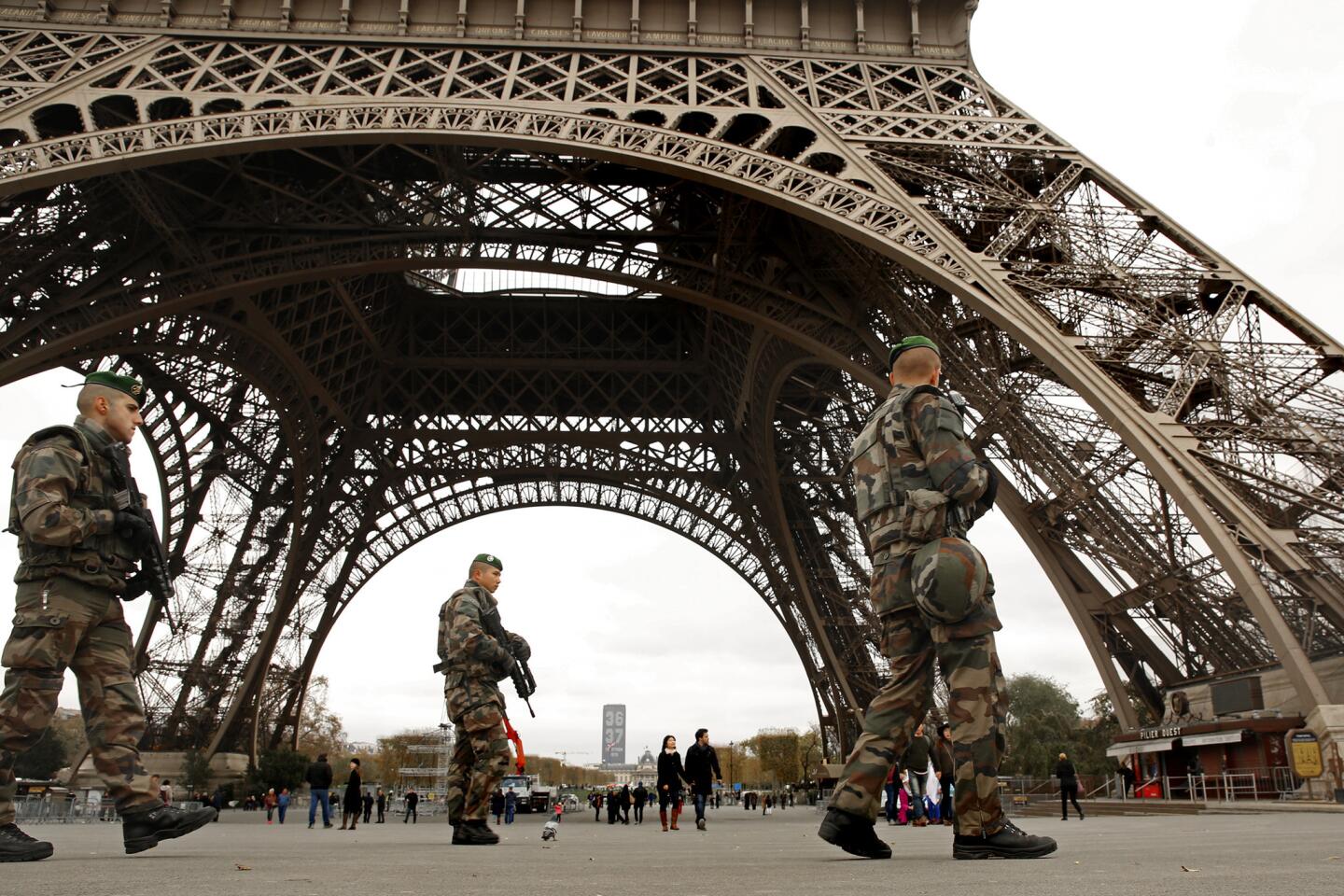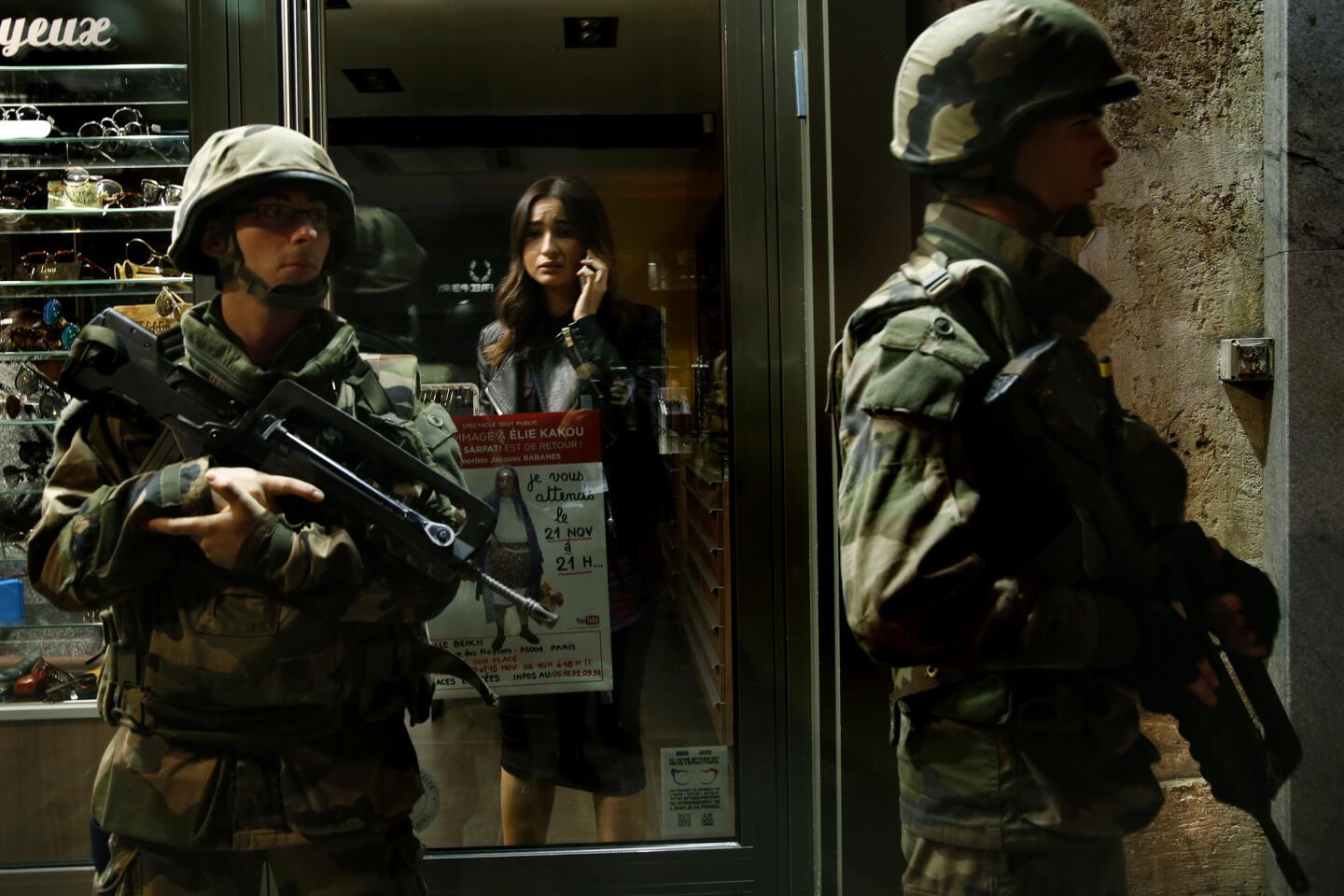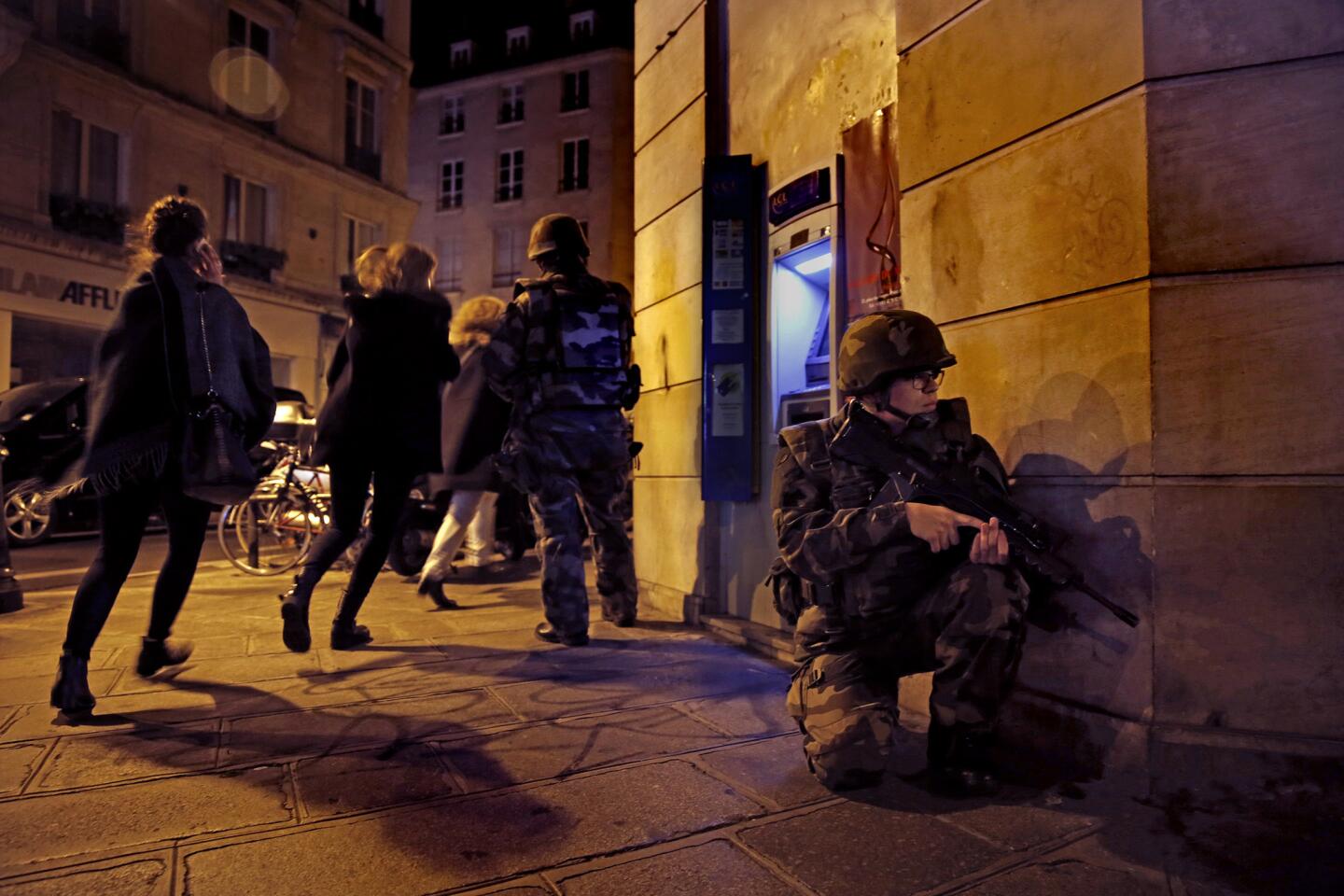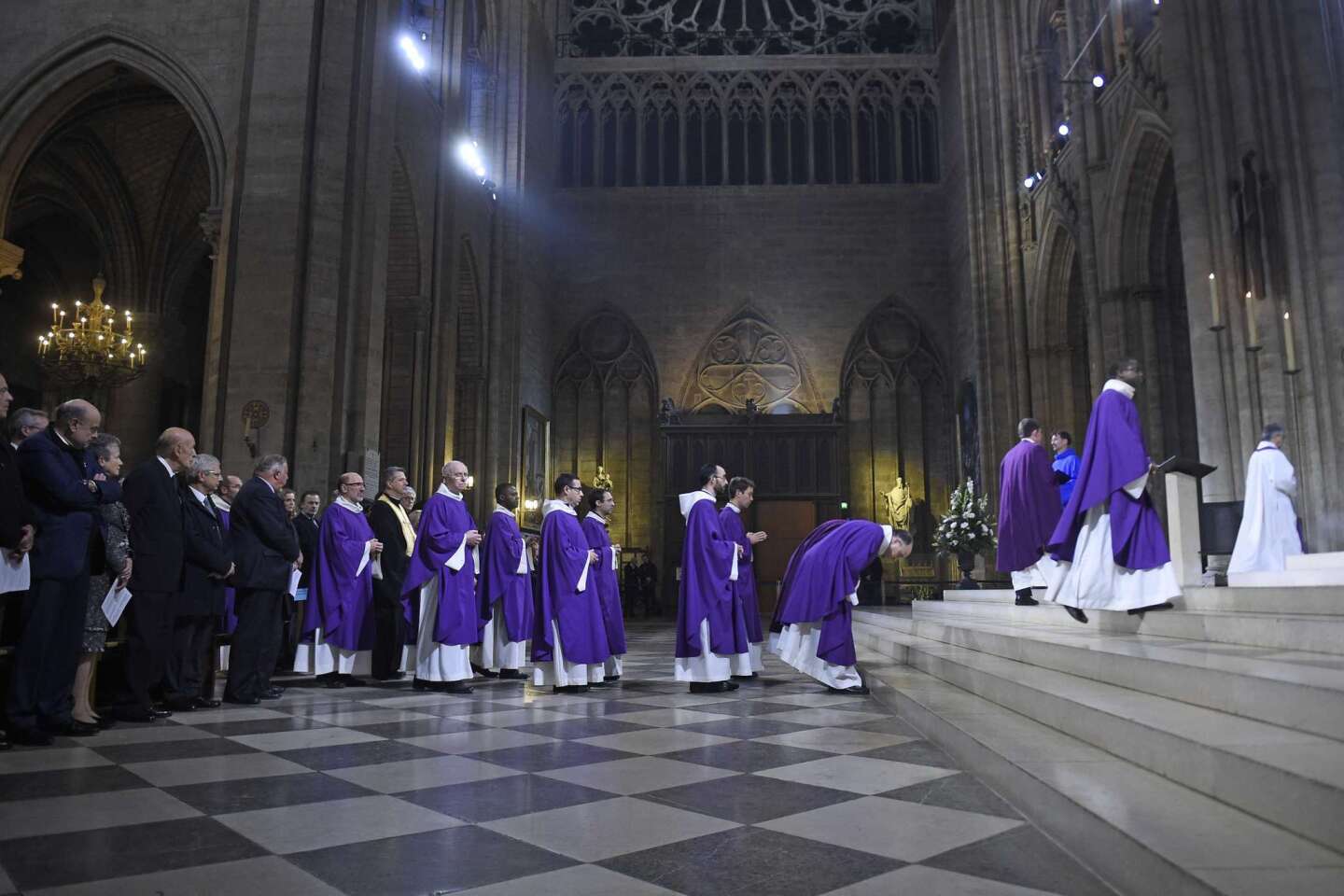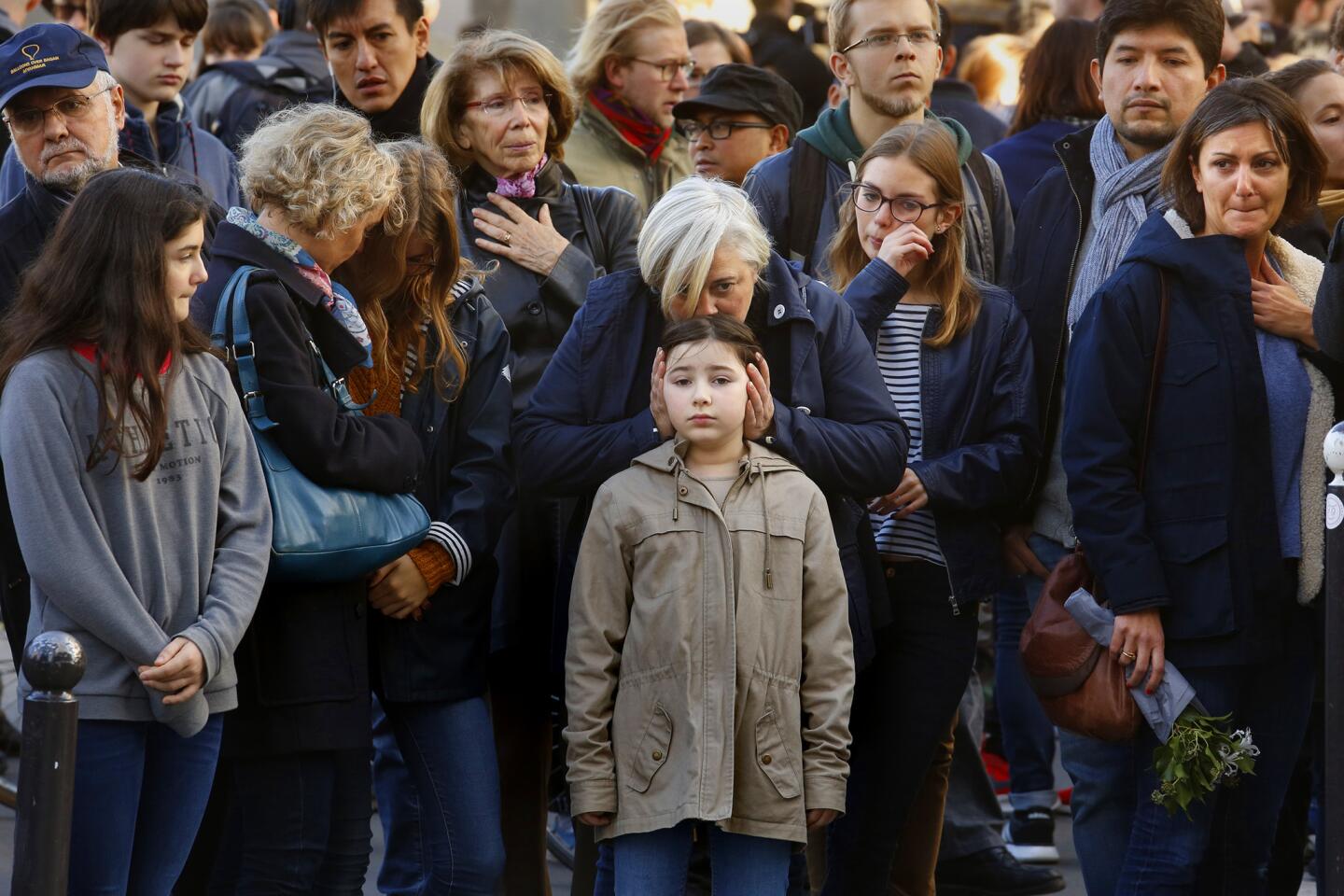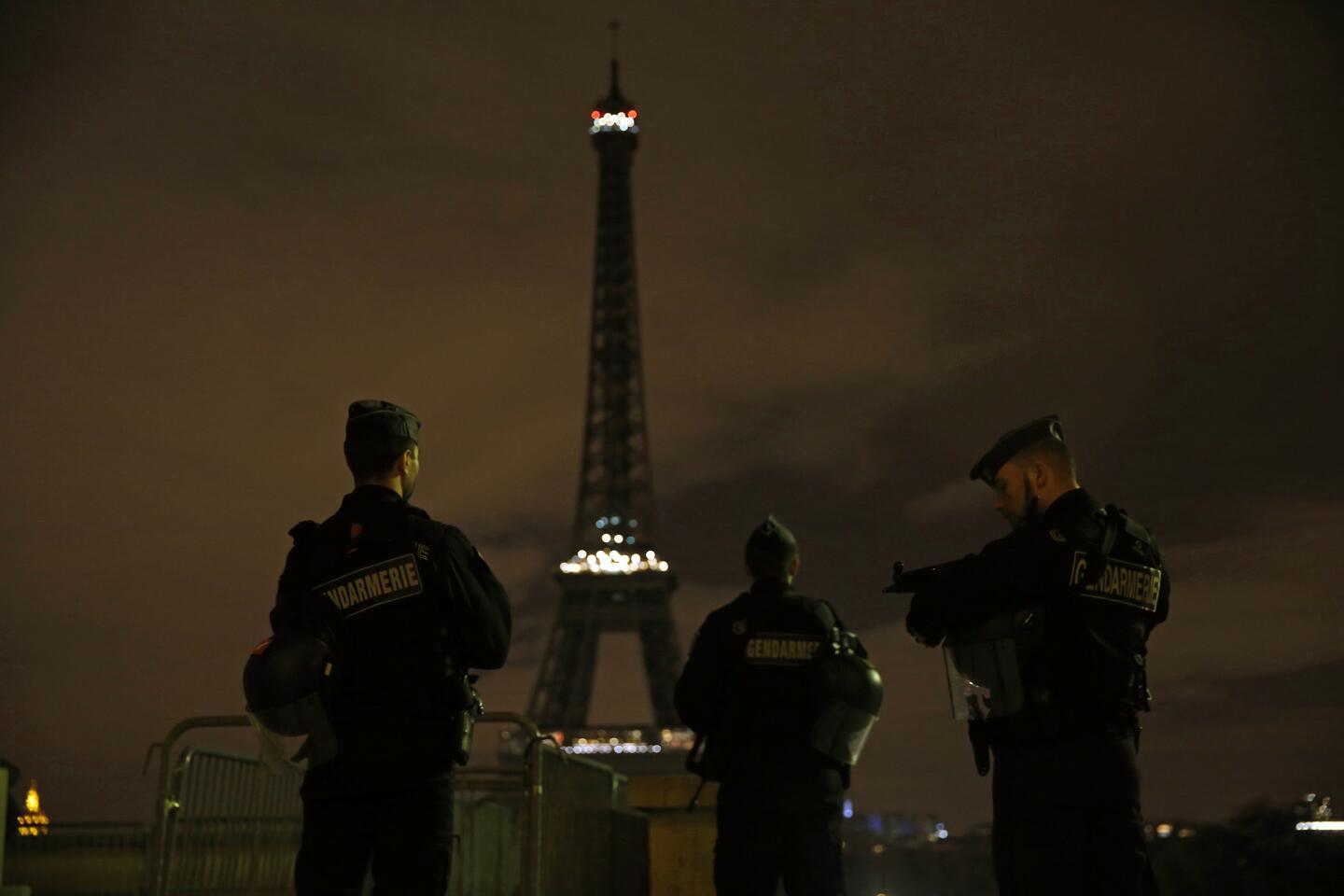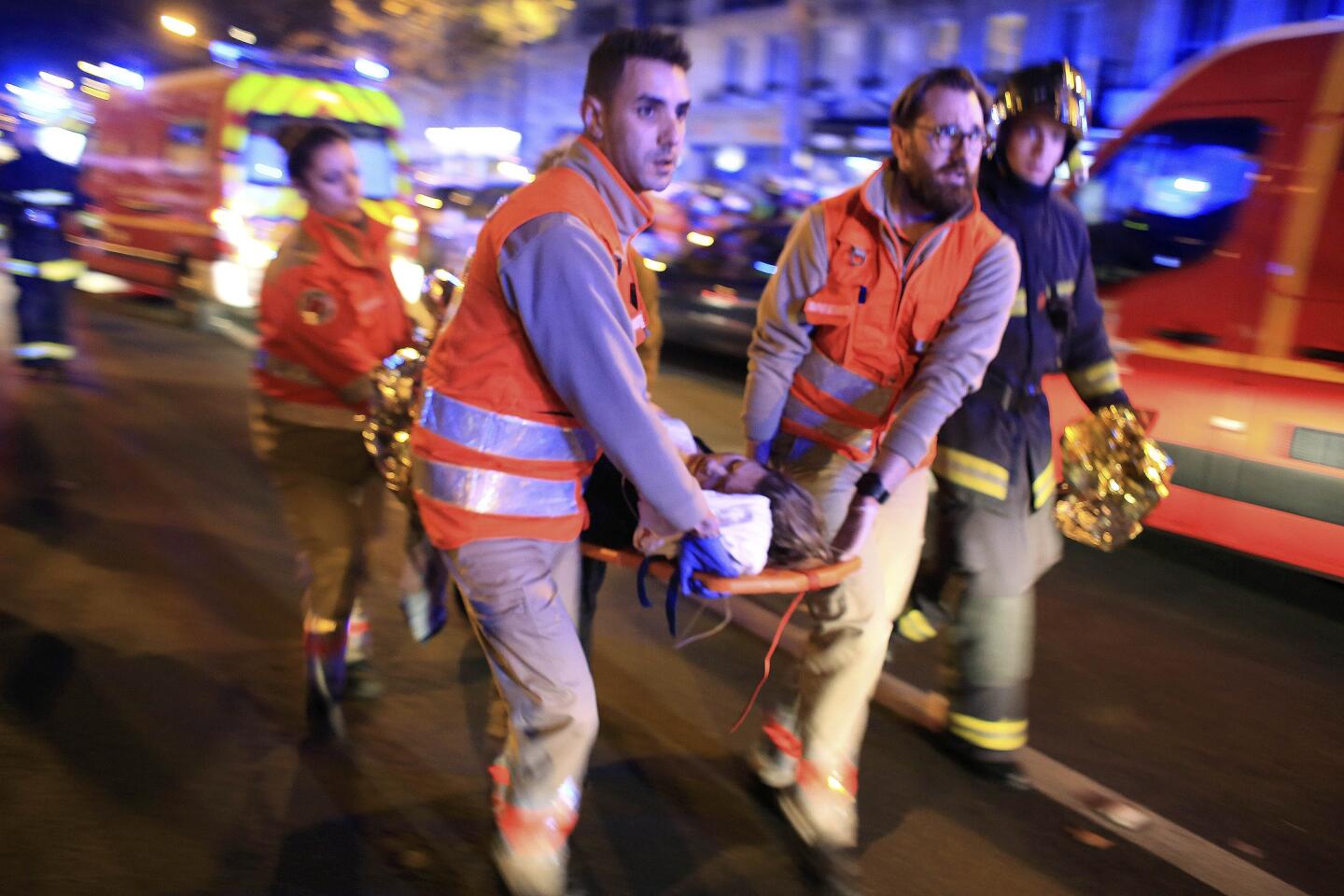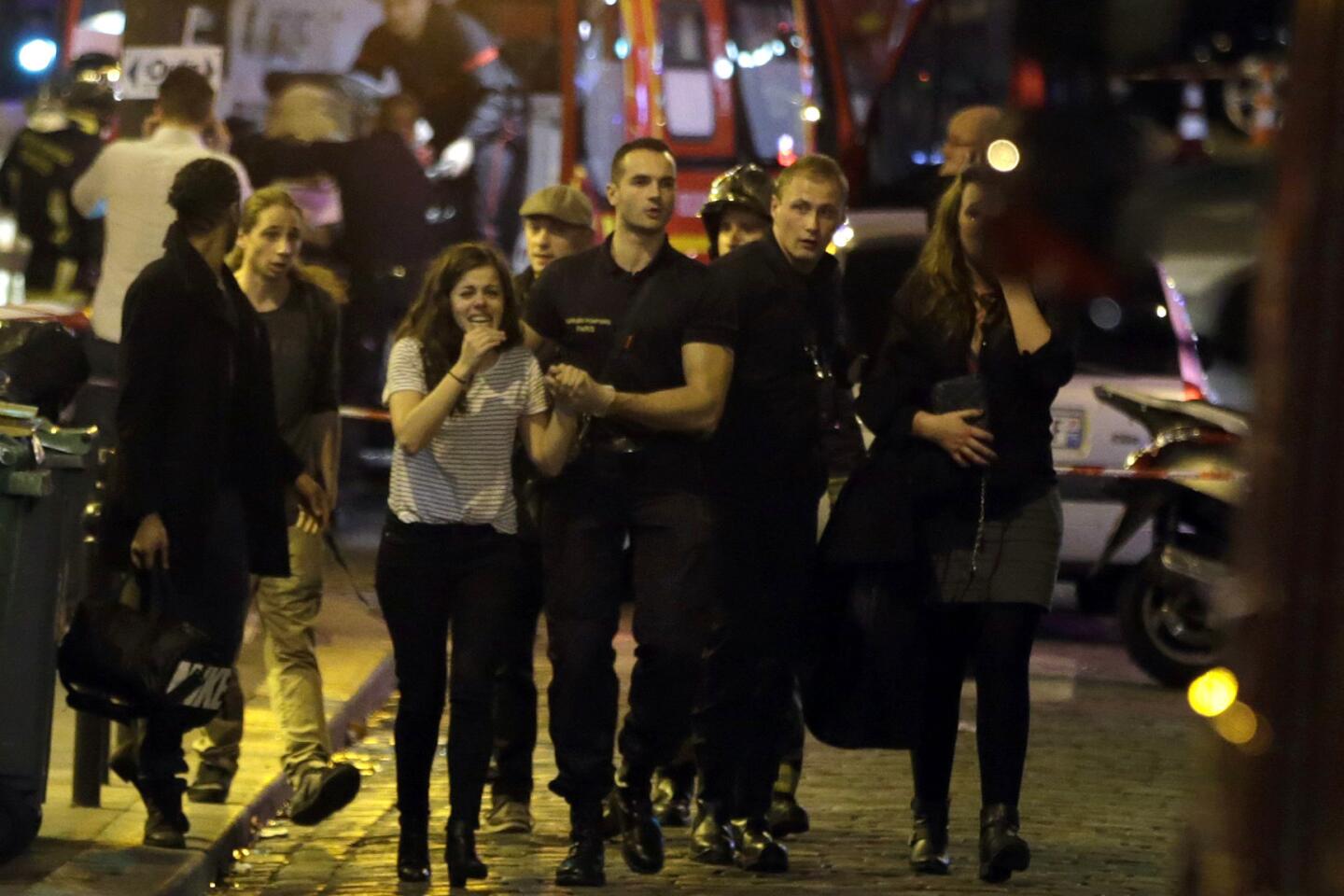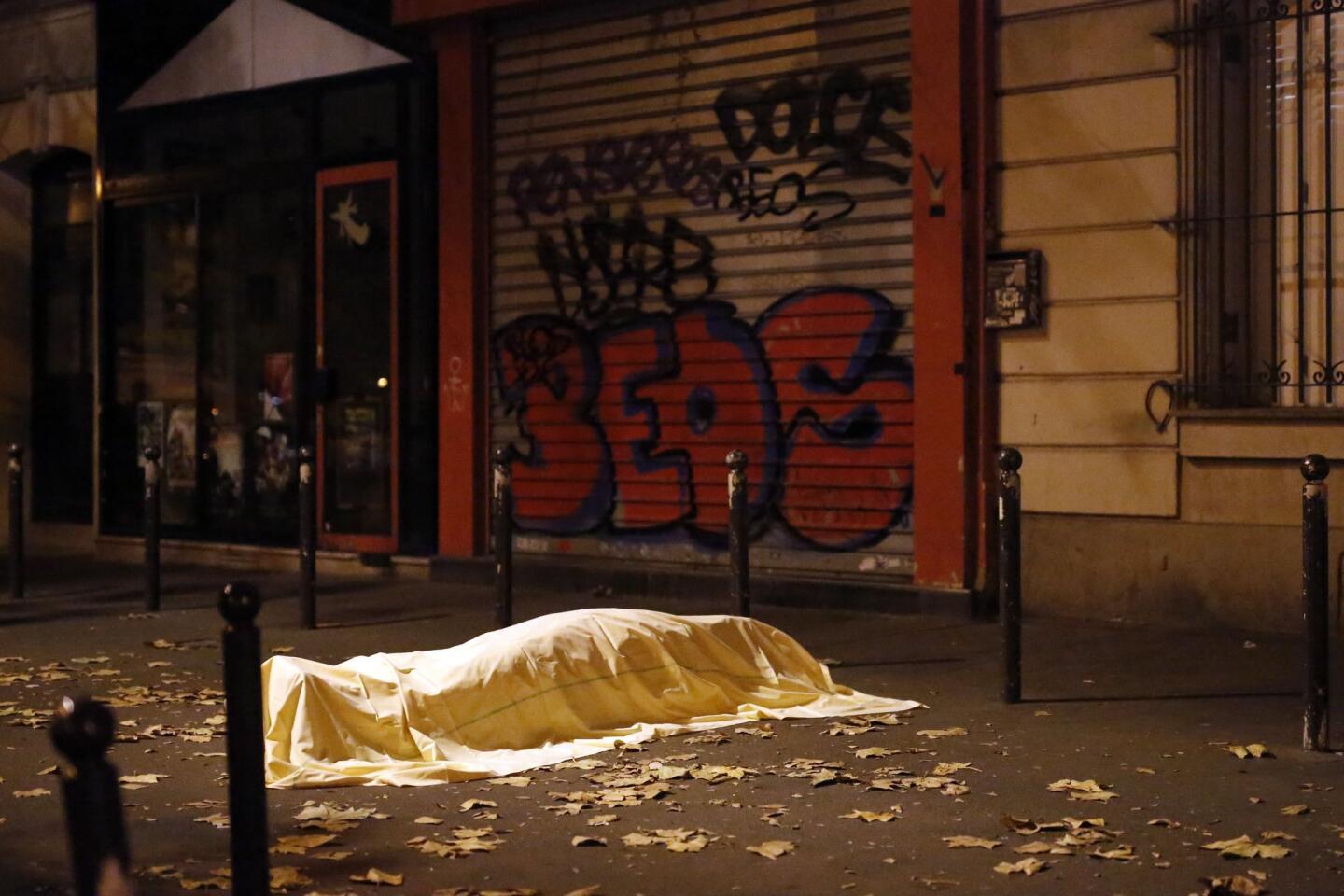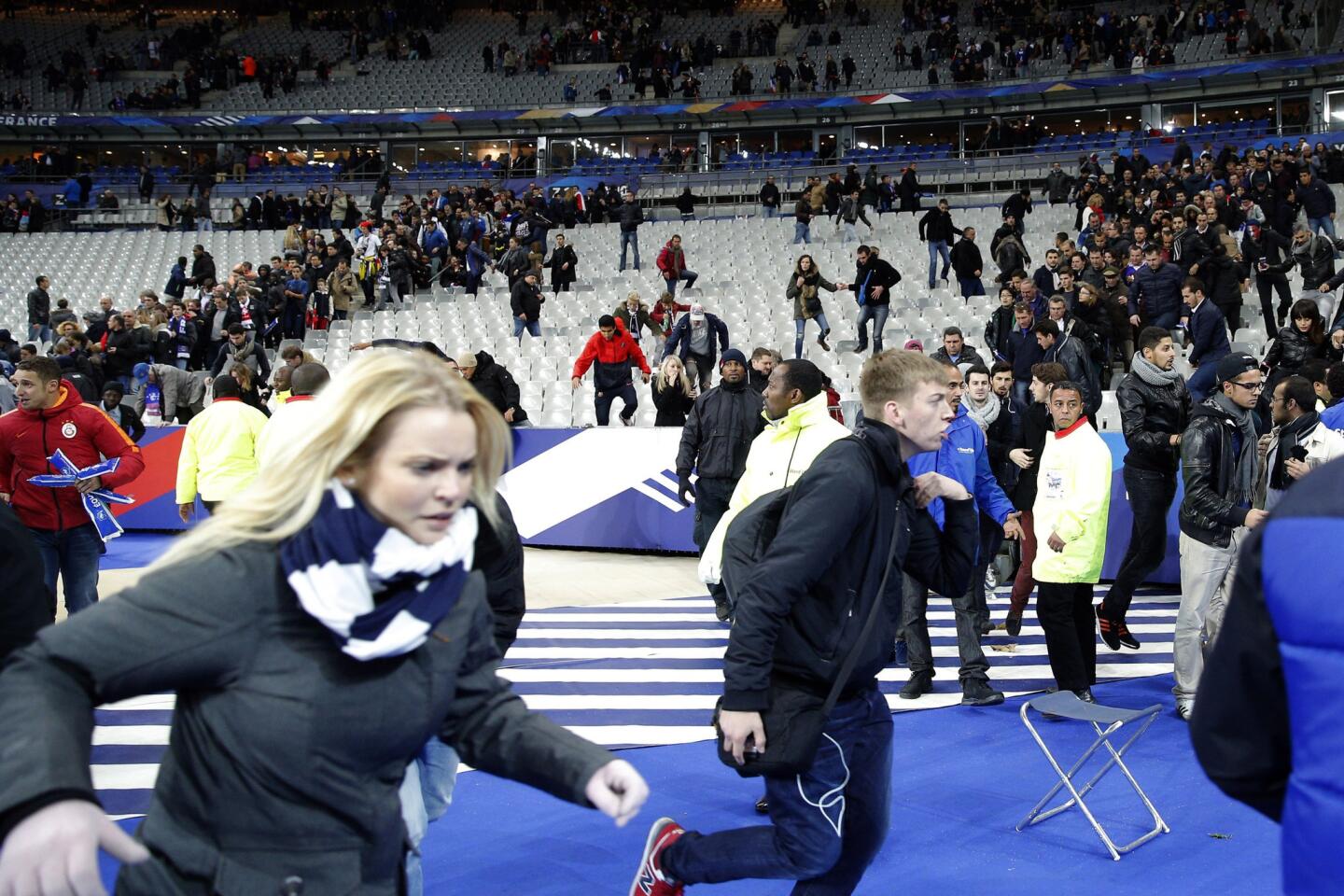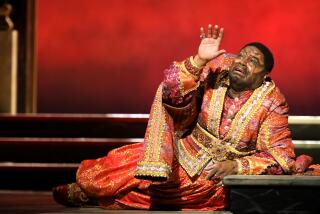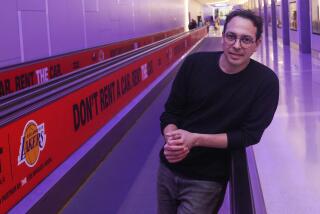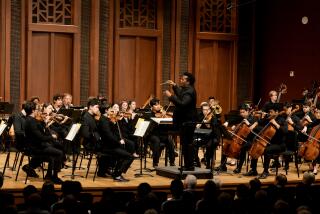Review: Weekend concerts across L.A. provide solace in a world gone wrong amid Paris attacks

The weekend concert schedule promised an excellent opportunity to take stock of West Coast music. A variety of programs offered significant examples of the novel ways of thinking about and making music that the Pacific Ocean has inspired.
Then the Islamic State struck Paris. France could not be ignored. Everything I attended went on as planned. But nothing could be the same. The weekend was no longer about us but about our connection with the world.
This was not an uncommon response around the world. The Metropolitan Opera in New York, the Vienna State Opera and countless other international stages began performances Saturday by paying tribute to victims of the terrorists’ guns and bombs.
SIGN UP for the free Essential Arts & Culture newsletter >>
In L.A., performers and audience members were asked throughout the concerts to think about why we were there. Opening remarks typically set the stage. For the Los Angeles Master Chorale’s Sunday night program, “Made in L.A,” the Walt Disney Concert Hall organ was lighted to resemble the French tricolor. Music, in the face of tragedy, is expected to offer solace and solidarity, but it can also provide vital perspective.
Saturday afternoon in Disney, the Los Angeles Philharmonic gave the L.A. premiere of John Luther Adams’ “Become Ocean.” Wave upon wave of oceanic orchestral sounds — swirling strings, arpeggiated harps, droning brass and winds, the whitecap shimmer of multiple harps, bells, marimbas, vibraphones and keyboards — momentously evoked the Pacific.
Though a native of Mississippi now based in New York City, Adams’ West Coast credentials include being a graduate of the first class at CalArts in the early 1970s and a longtime Alaskan composer and environmentalist noted for his acoustic and electronic works in which he assimilated the sounds and, more important, the spirit of nature.
“Become Ocean,” which was composed in the Sonoran desert of Mexico not far from the Pacific, quickly became a sensation after its Seattle Symphony premiere in 2013. It won the Pulitzer Prize for music, and the Seattle Symphony’s stunning recording of it became an immediate hit.
Seattle’s French music director, Ludovic Morlot, who commissioned Adams’ score, was the guest conductor for the Disney performance, and Saturday he began by reminding the audience of Leonard Bernstein’s oft-quoted reply to violence: “to make music more intensely, more beautifully, more devotedly than ever before.” Taking Bernstein at his word, violinist Sergey Khachatryan brought an almost unreal beauty to Beethoven’s Violin Concerto in the first half the program, Morlot’s accompaniment was more pedestrian.
With “Become Ocean,” the temptation can be great to float mindlessly in a warm bath of sonic beauty for a sublime 40 minutes. Morlot more or less encouraged that by prizing luminosity over illumination. Even so, just enough detail came through to encourage a look beneath the hypnotic breaking of waves and into the startling musical biosphere underneath.
And by emphasizing the score’s kinship with Debussy — “Become Ocean” opens like “La Mer” in extreme slow motion — the performance poignantly made it seem as though Adams had taken a deep-sea dive in century-old French music and surfaced on the other side of the world.
At UCLA on Saturday night, French composer Gérard Grisey’s 1996 “Vortex Temporum,” played by the Brussels new music group Ictus and choreographed by Anne Teresa De Keersmaeker for her Belgium company, Rosas, was a dive in the opposite direction. Grisey’s score is one of the great works of the French Spectral school of composition developed at the Paris new music institution IRCAM. This is music based on a mathematically sophisticated way of looking at harmony though the physics of sound and with the help of computer calculations.
Spectralism is often described as a French rejoinder to West Coast Minimalism. But its roots are pure California: The IRCAM computer music setup was developed at Stanford University in the 1970s. Grisey’s three-part score for piano, flute, clarinet, violin, viola and cello may be vastly more complex than “Become Ocean,” but both spring from a briny sea of arpeggios.

If Grisey’s happens to be a more violent sea, that only made De Keersmaeker’s choreography all the more unsettling and cathartic. The last of a weeklong De Keersmaeker retrospective at Royce Hall, “Vortex” started with Ictus alone on stage playing the first part of the incredibly difficult score from memory, almost sadistically tearing into what usually seem like abstract, otherworldly investigations into pure sound.
Members of Rosas took the ensemble’s place for an interlude, danced in silence and with an emphasis on gestures as complicated as Grisey’s music. For the second section, dancers and musicians interacted. The pianist played his weirdly tuned descending scales as he ran along with his piano while it was pushed around the stage by a dancer.
The final section, with Ictus behind the dancers, began a slow progression of sound losing its vitality and dancers losing theirs. The result was sadness compensated by completion. Created two years ago, De Keersmaeker’s “Vortex” would be a wrenching experience under any circumstances. Saturday it felt a necessary corrective to a world gone wrong.
The Master Chorale’s “Made in L.A.” program on Sunday, the first of a new multiyear series in which music director Grant Gershon will focus on L.A. composers, opened with Morton Lauridsen’s “Ave Maria” that for a refreshing few precious moments takes a listener into a world of a cappella purity. In Paul Chihara’s “Ave Maria/Scarborough Fair” for two choruses and oboe, Gregorian chant meets Simon & Garfunkel, something that would not have seemed farfetched in the more hopeful 1960s.
Other pieces by Dale Trumbore, Moira Smiley, Matthew Brown, Jeff Beal, Shawn Kirchner and Nilo Alcala were examples of younger composers from various walks of L.A. musical life in a generally somber, sentimental mood, none much connected with music of our time and place.
Today’s L.A. scene is characterized by more ambition and adventure. But the two versions of “Ave Maria” provided solace and solidarity as needed.
ALSO:
Paris attacks: What can France do to battle homegrown terrorism?
Lessons from Hollywood on how life goes on after the Paris attacks
Why Islamic State targeted France instead of the U.S.
More to Read
The biggest entertainment stories
Get our big stories about Hollywood, film, television, music, arts, culture and more right in your inbox as soon as they publish.
You may occasionally receive promotional content from the Los Angeles Times.
